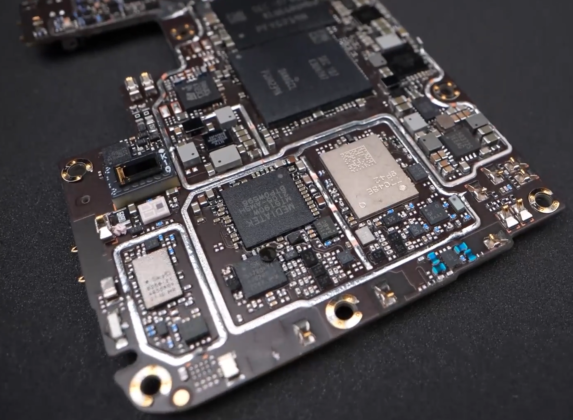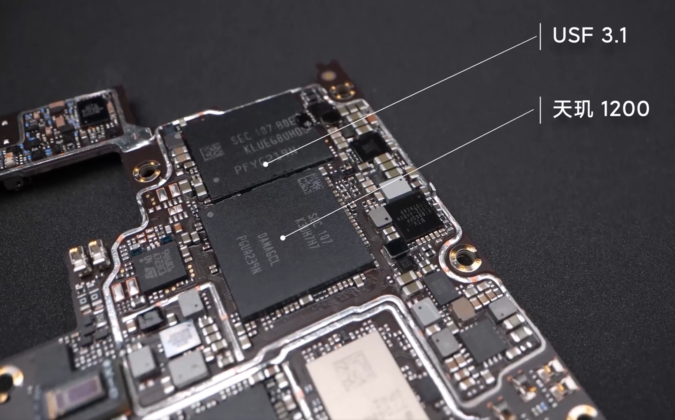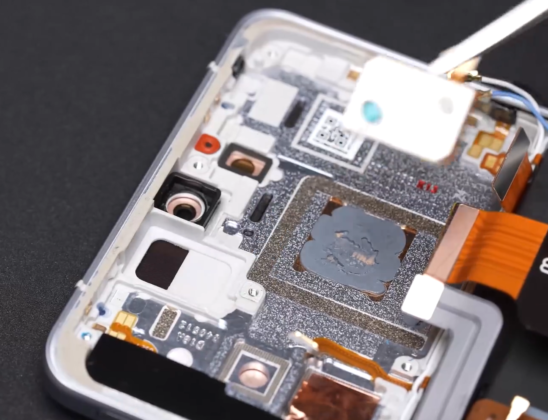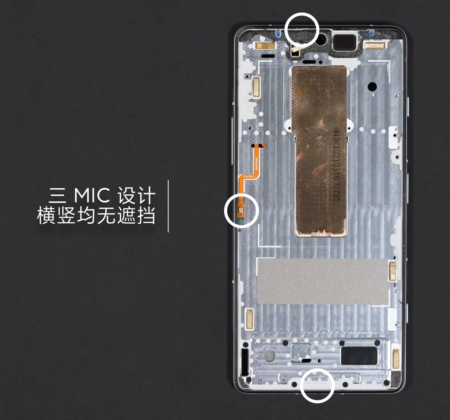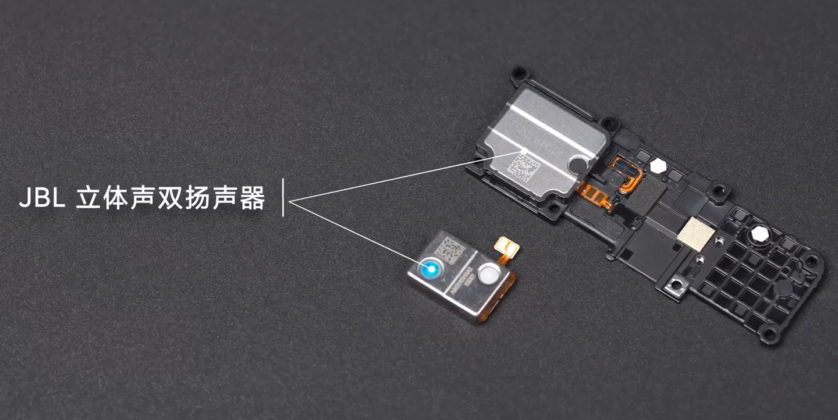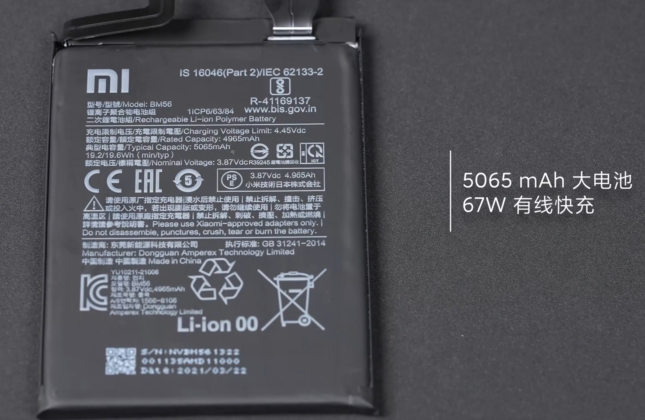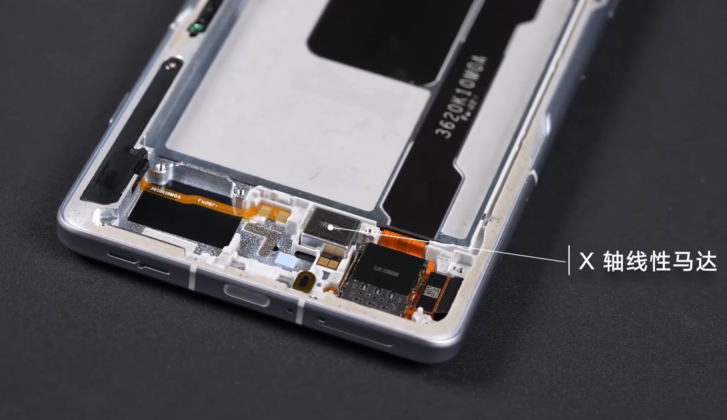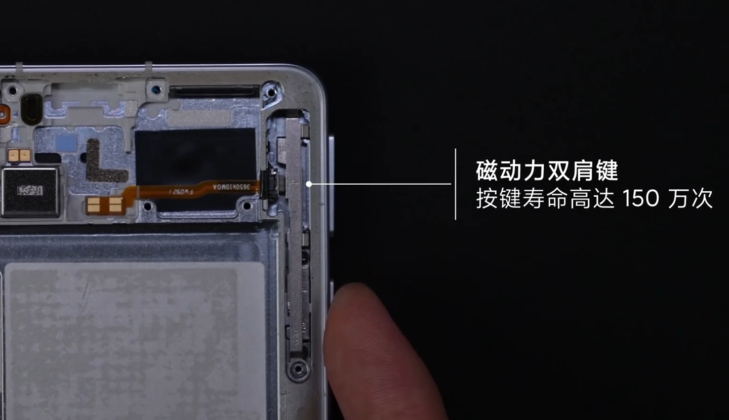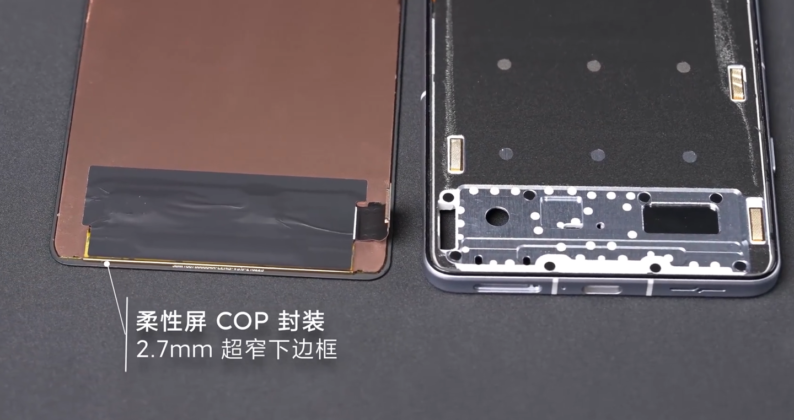The Redmi K40 Game Enhanced Edition was unveiled by Xiaomi on April 27 as not only the cheapest gaming phone around but as the first Redmi-branded gaming phone. The phone turned out to be a popular model as it got sold out in just 1 minute. The company over the weekend released a teardown video of the gaming phone, giving us a glimpse of the internals. 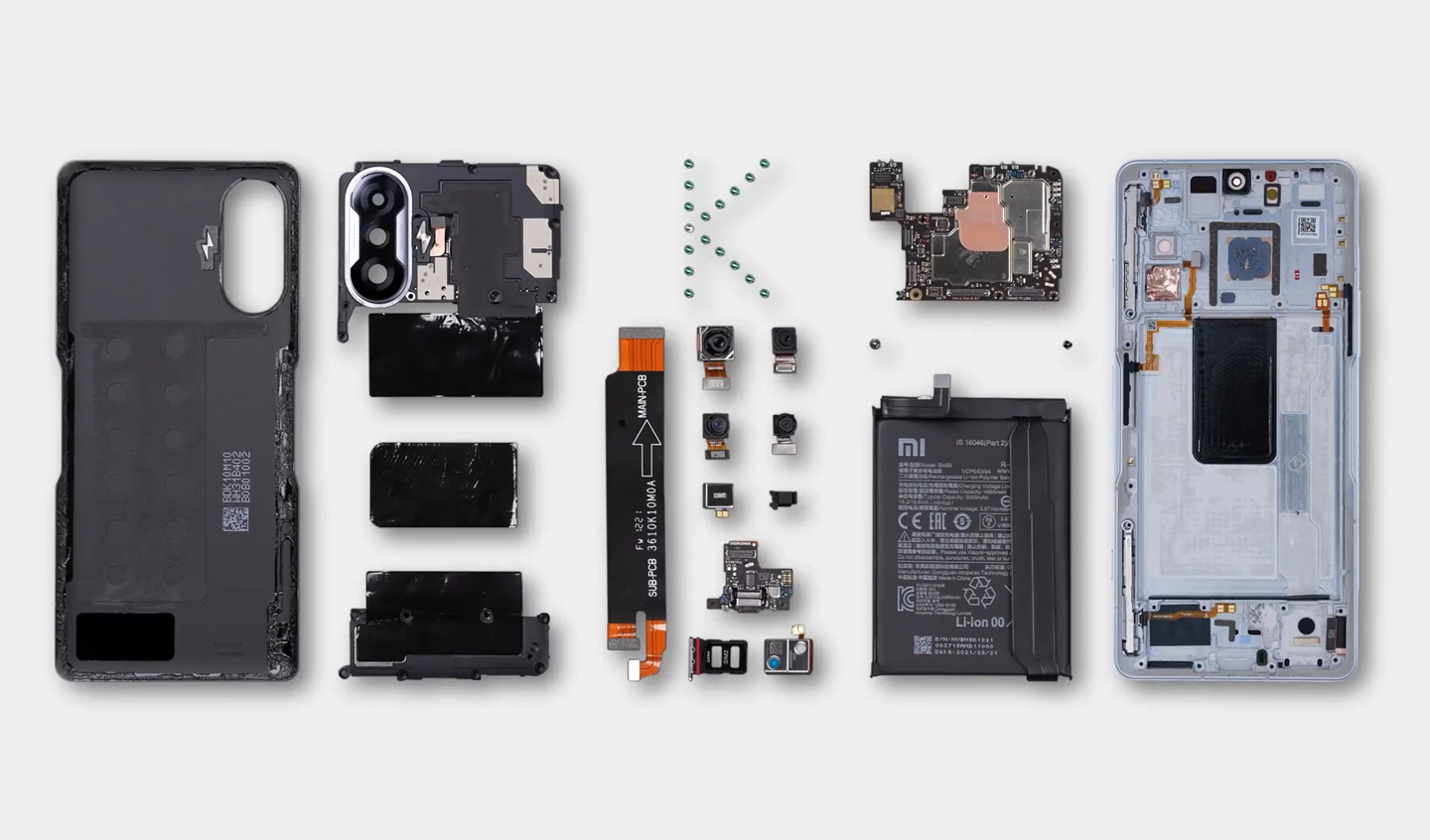
The Redmi K40 Gaming Edition teardown shows that the device packs well-arranged internal components that would make for easy repairs if the need arises. The teardown also reveals the aerospace-grade hexagonal boron nitride heat dissipation material which is pasted on the back cover and is close to the mainboard for heat conduction. Also, despite the thin build, the Redmi gaming phone packs an NFC coil assembly and an infrared transmitter.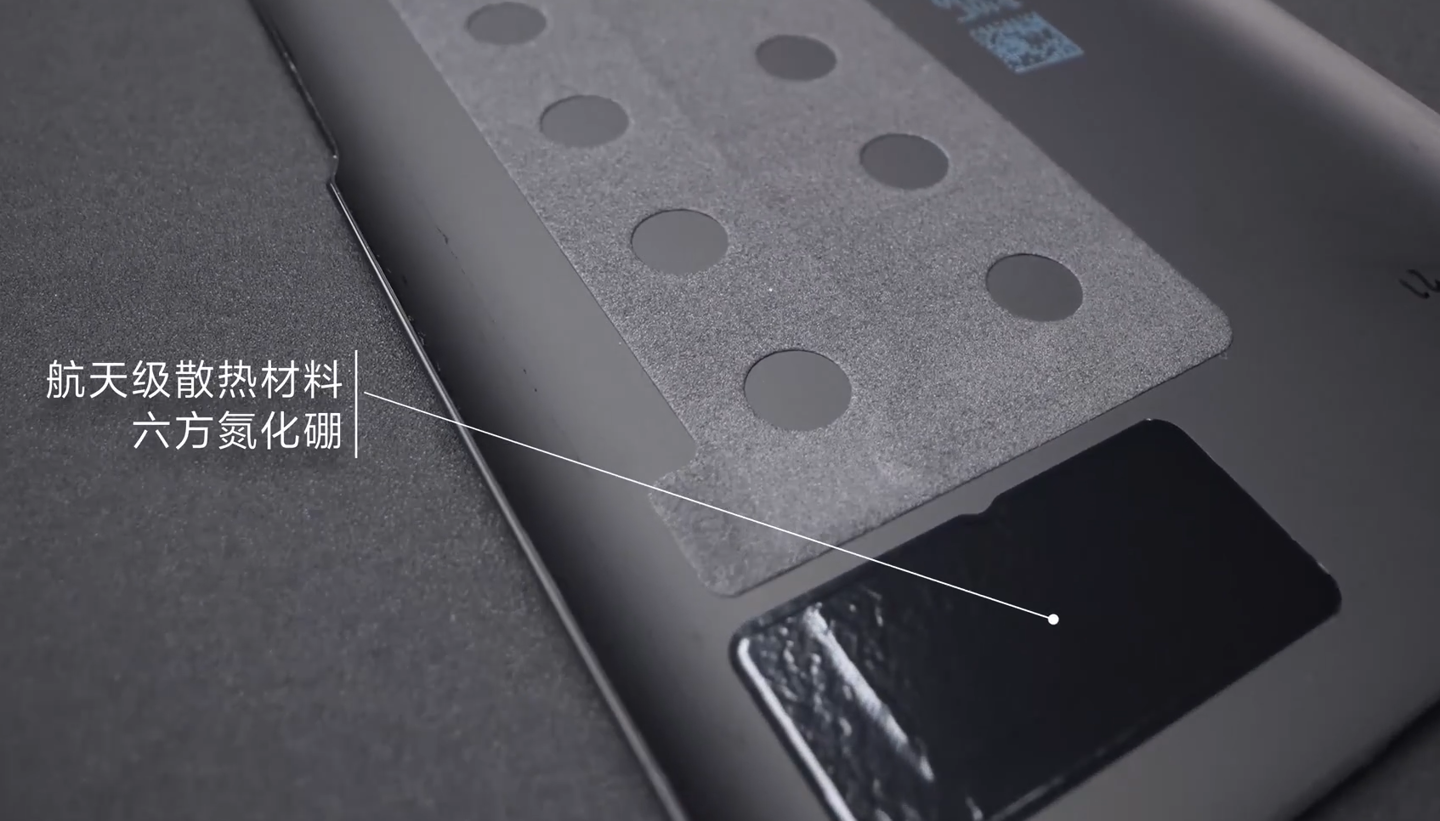
Also shown in the disassembly video are the motherboard and camera sensors. The device uses a 64MP main sensor featuring ED ultra-low dispersion optical glass lens and also equipped with a resin lens in order to achieve a good shooting effect. The Samsung LPDDR4X memory and UFS 3.1 flash memory are also shown. The Dimensity 1200 chip is located under the memory and so isn’t visible. 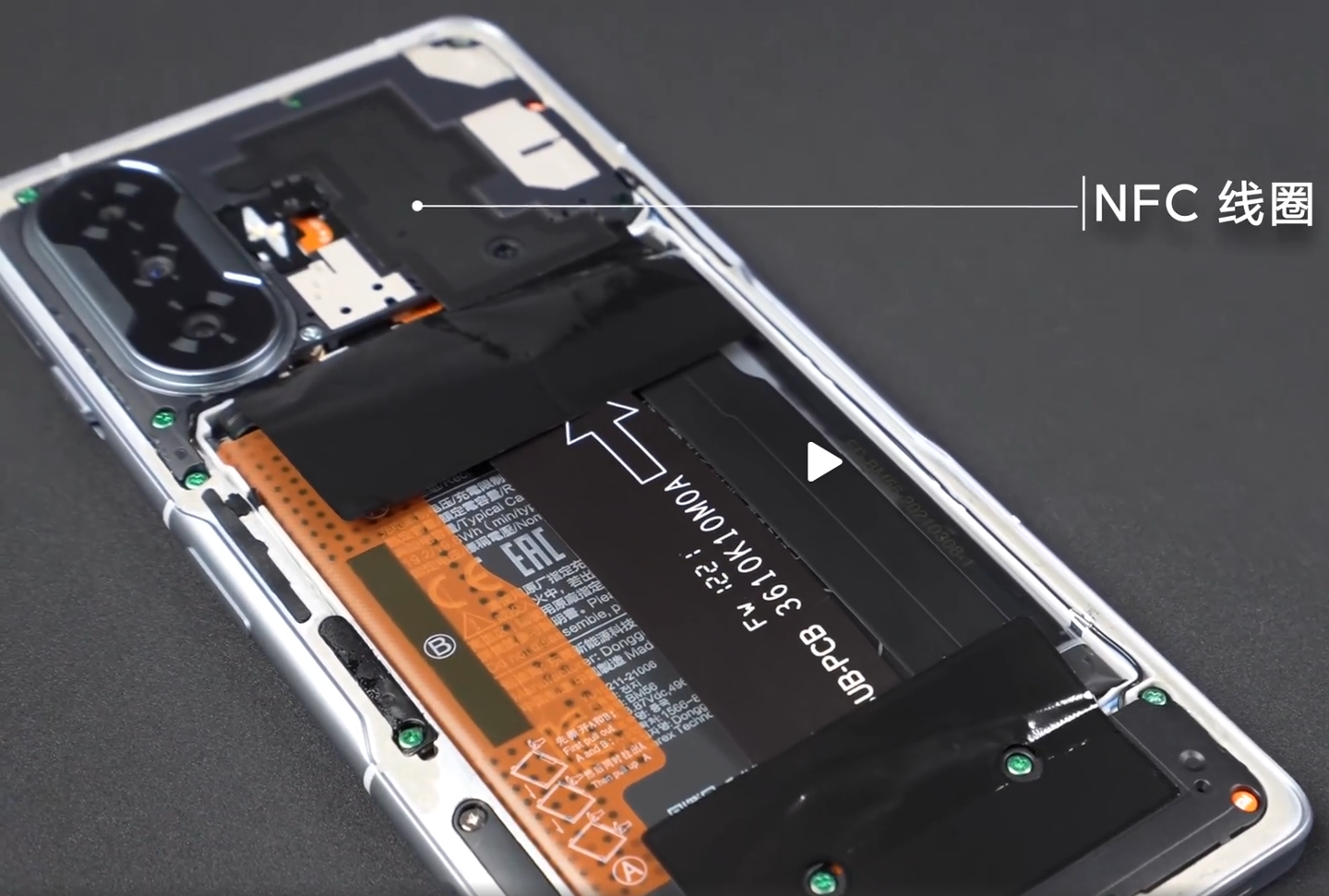
The middle part of the phone’s back panel facing the location of the processor is covered with a large-area VC soaking plate while the upper part is coated with silicone grease for heat conduction. 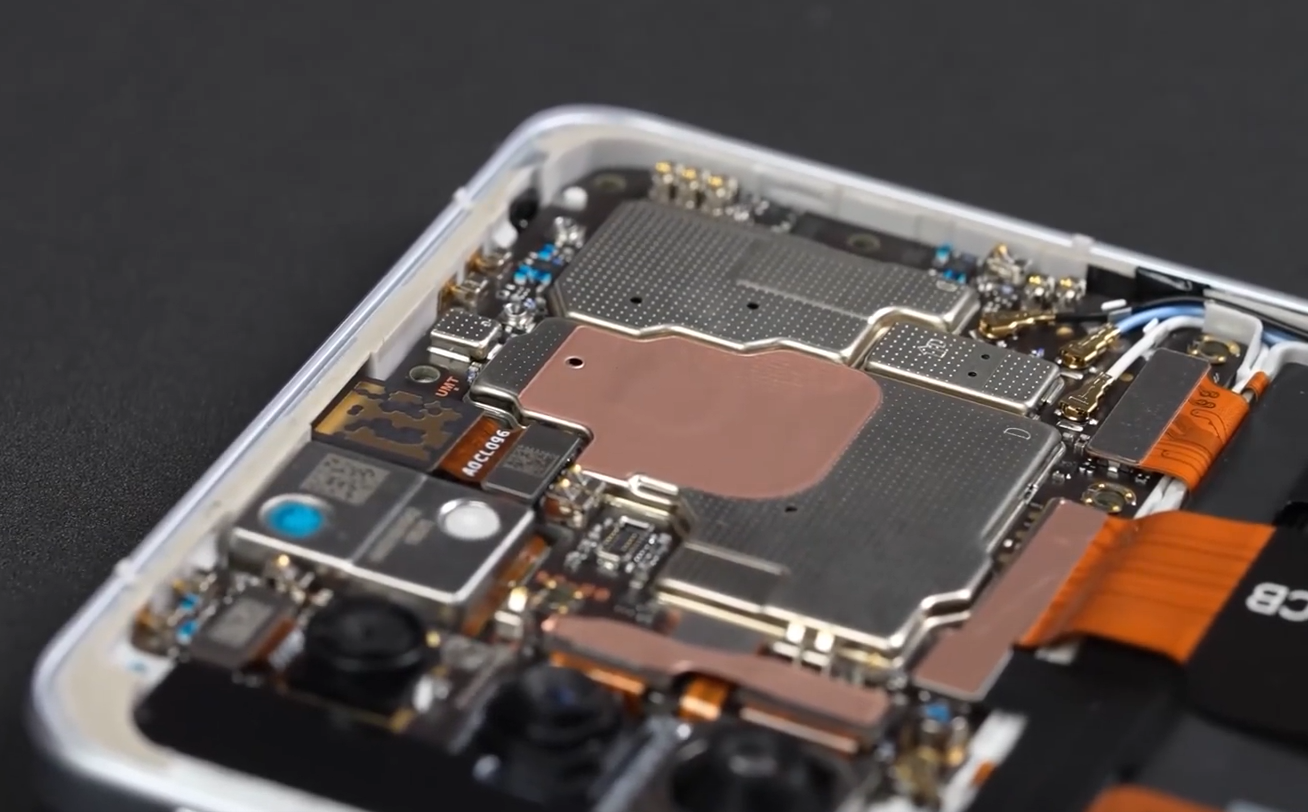
The video also shows that the lithium battery which the Redmi K40 Game Enhanced Edition uses is manufactured by a domestic manufacturer – Dongguan New Energy Technology Co., Ltd. (ATL) and is code-named BM56. The battery has a typical capacity of 5065mAh and a rated capacity of 4965mAh. It comes with two cables which power the 67W fast charging current.
The phone has a shoulder button that is linked to a connecting rod. The button automatically pops up after the phone is switched to gaming mode. Furthermore, in order to achieve the ultra-narrow lower frame that is just 2.7mm thick, the OLED screen uses COP (Chip On Pi) packaging. COP screen packaging involves directly bending a part of the flexible screen to further reduce the frame, which can achieve a nearly borderless effect.
You can check out our review video of the Redmi K40 Gaming Edition below.
RELATED:
- PSA: Redmi K40 Gaming Edition does not support GMS installation
- Redmi K40 Gaming Edition first sale results: 100,000+ units sold in a minute
- POCO F3 GT could be heading to India as rebadged Redmi K40 Game Enhanced Edition

